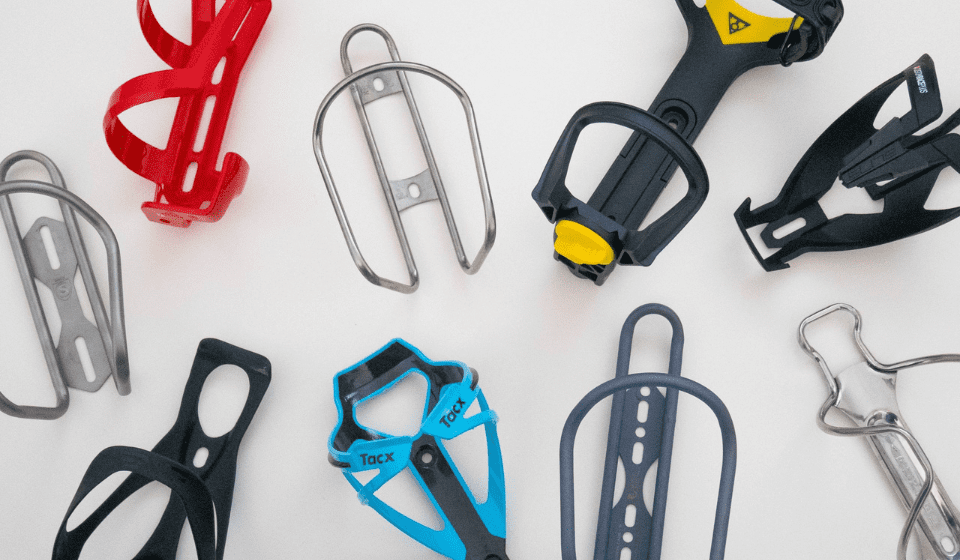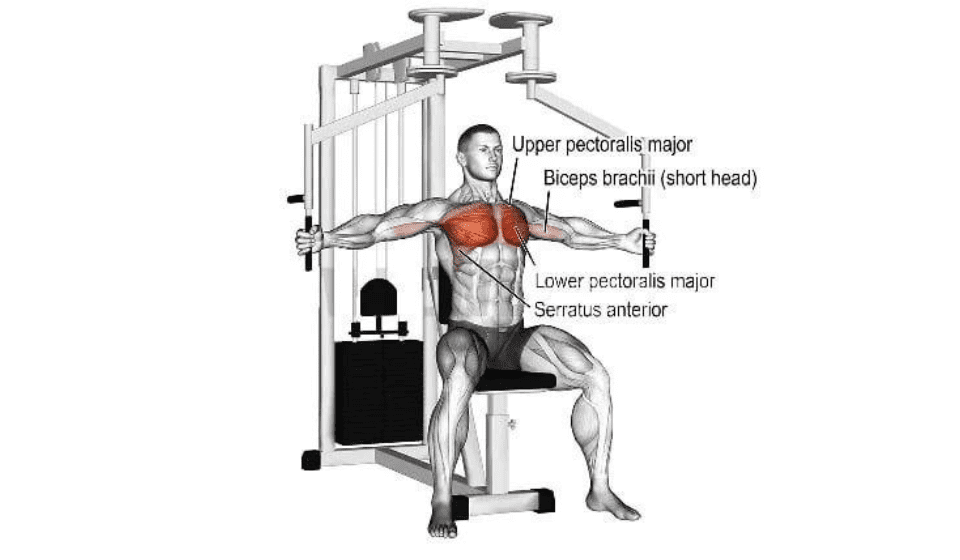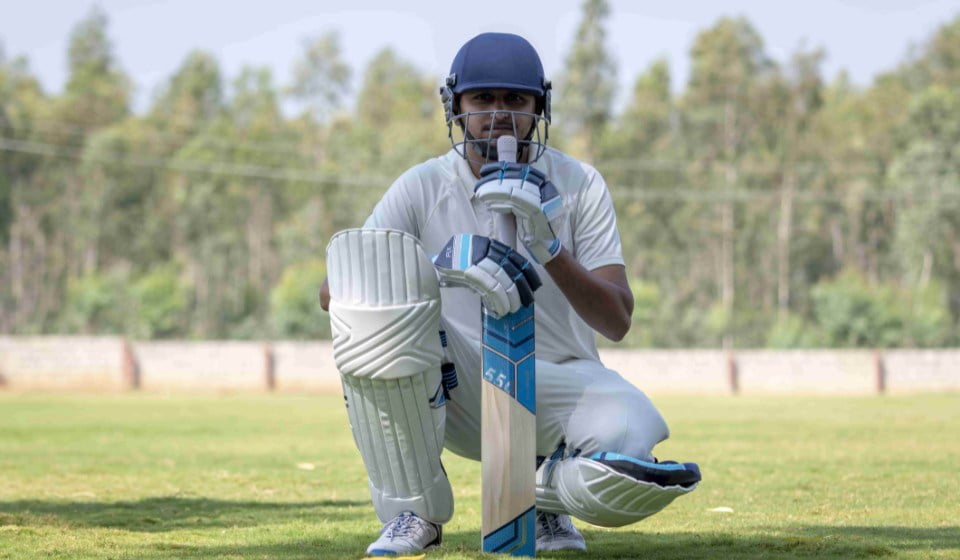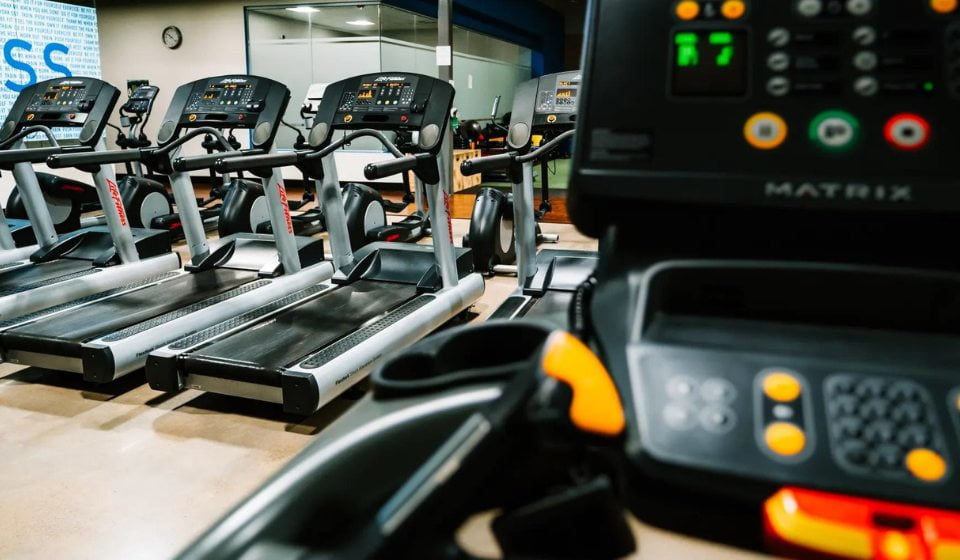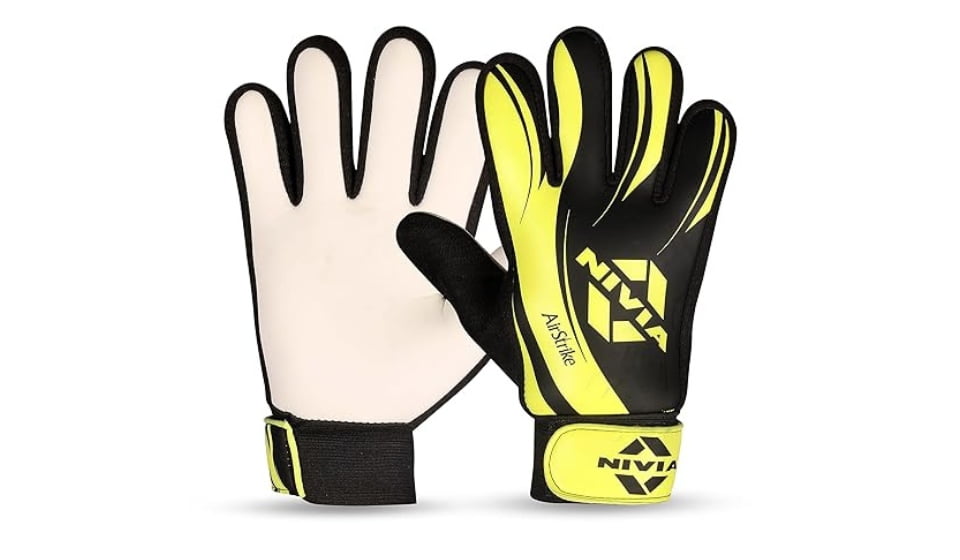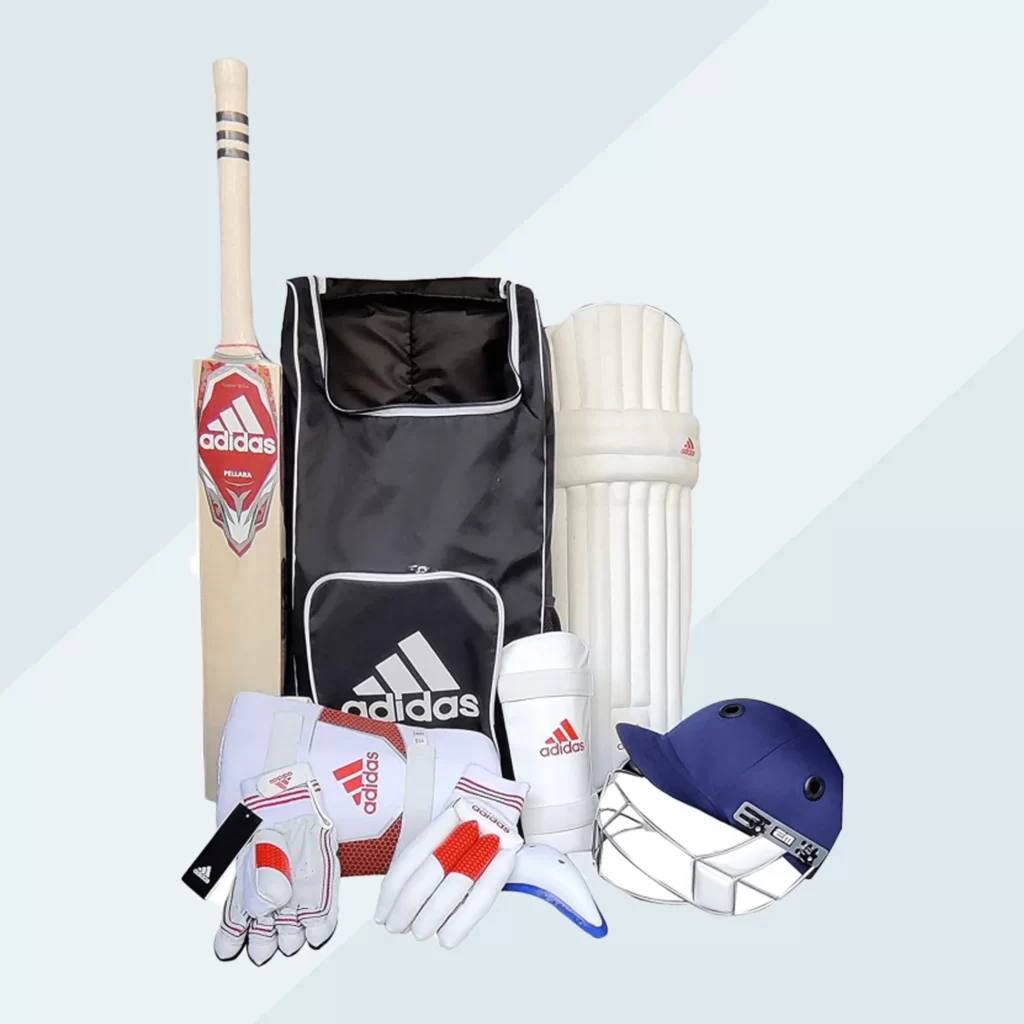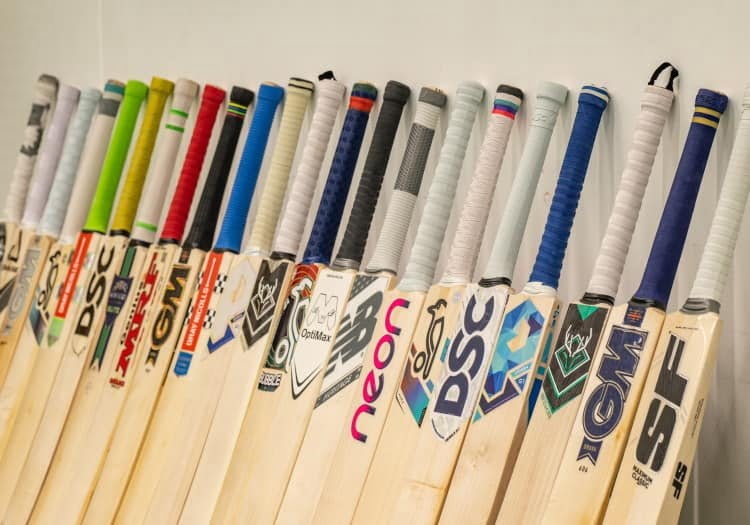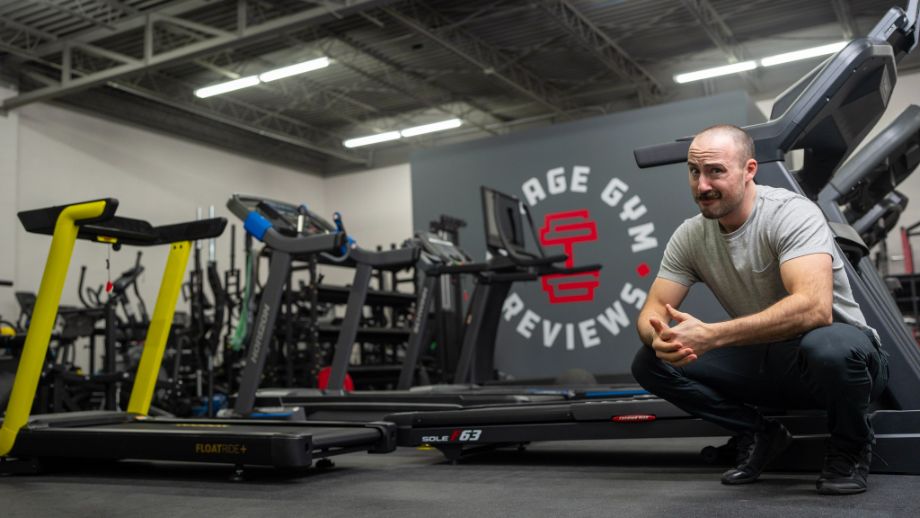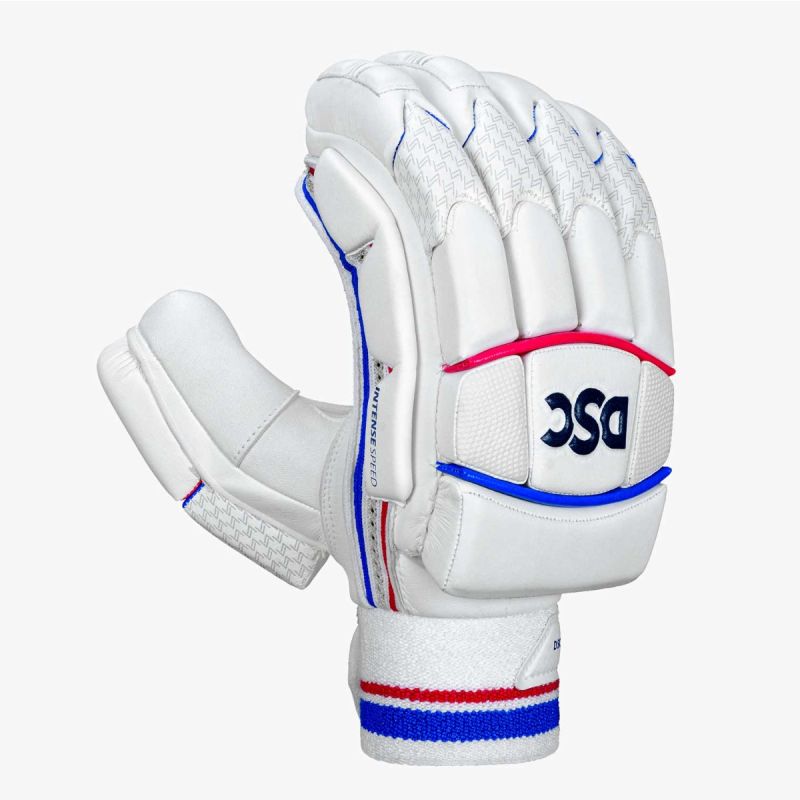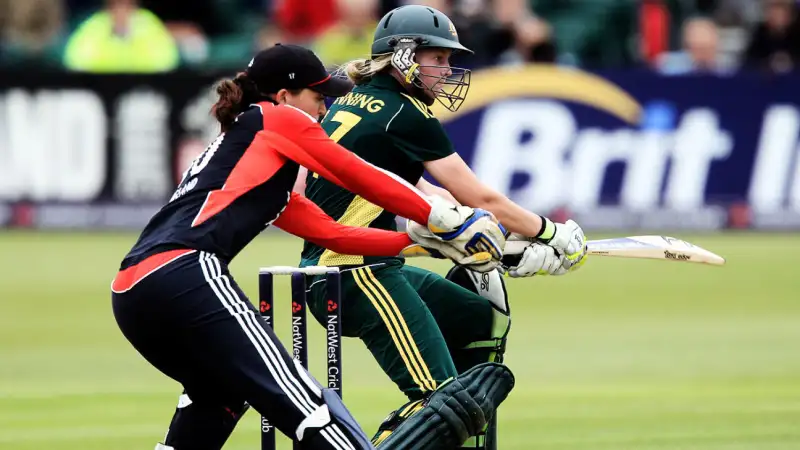The Importance of Safeguarding In Tennis


Tennis is a game that perfectly combines grace, accuracy, and agility. It’s critical to keep in mind that safety is a key component of the game as players and spectators alike awe at the deft serves, strong forehands, and delicate volleys. Tennis safety involves a variety of factors that support a secure and pleasurable environment for all parties involved, going beyond only the players’ physical health. We examine the critical components of tennis-specific safety in this essay.
Injury Prevention and Physical Well-being
Injury prevention is the first step in making sure tennis players are safe. Tennis can be very physically demanding, so it’s crucial to warm up and cool down properly and get enough training. To prevent needless injuries, coaches and athletes should emphasize appropriate technique. Tennis players need to be in top physical shape, which calls for following well planned fitness regimens that incorporate strength, flexibility, and endurance training.
Equipment and Court Safety

In the world of tennis, choosing the appropriate gear is more important for safety than merely performance. For safety on the court, players should always wear suitable footwear. In order to avoid uneven or slippery playing conditions, the court surface must also be kept in good shape. A safe playing environment also benefits from routine inspections of the net, net posts, and other equipment.
Proper Supervision and Coaching

Proper guidance and coaching are essential for young and aspiring tennis players. Trained and responsible instructors not only improve players’ abilities but also offer advice on staying hydrated, avoiding injuries, and maintaining general wellbeing. A solid coach-player connection helps provide a space where players may talk openly about any safety worries they may have.
Sportsmanship and Respect

On the tennis court, safety also encompasses mental and emotional health. A positive environment is created through promoting sportsmanship and respect among players, coaches, and spectators. This not only lowers the possibility of confrontations but also fosters mental health, enabling participants to concentrate on the game without undue pressure.
Drinking Water and Eating

It’s important to remain hydrated during a heated game. Dehydration can cause physical injury, weariness, and attention loss. Prioritising correct hydration techniques before, during, and after games is important for coaches and players. Additionally, eating a balanced diet gives athletes the strength and nutrition they need to perform at their peak and recover quickly.
Injury Management and First Aid

Injuries can still happen in spite of all safety measures. Being prepared with fundamental first aid knowledge and injury management abilities can significantly reduce the severity of an accident. Basic first aid skills should be known by players, coaches, and even fans in order to deal with injuries until medical help arrives.
Safe Competition Environment
Tennis tournaments had to be planned with security in mind. Maintaining a safe competition atmosphere requires careful scheduling to reduce player tiredness, guaranteeing proper break intervals, and taking weather conditions into consideration. Additionally, having medical staff available throughout competitions might help with any injuries that may happen quickly.
always improving and learning
Finally, the safety landscape is always changing. It’s crucial to keep up with the most recent safety procedures, methods, and technology. To consistently raise the bar for tennis safety, organizations, coaches, and players should actively look for educational and training opportunities.




